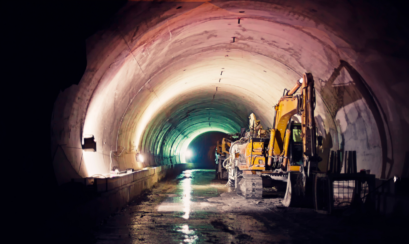You’ve invested a lot of money installing solar panels on your roof. It’s keeping down the cost of your electricity.
Suddenly you find the neighbour is adding an extra storey, or a tower is being built nearby that is going to block your solar panels getting direct sunlight. What does the law say? Is there a legal right to sunlight?
The law is murky on this question and it would be wise to get legal advice if a shadow is threatening your solar panels.
Need for legislation to govern access to sunlight
It is an area that desperately needs clarity in the law, as rising numbers of homes and businesses have solar panels on their roof, and urban density increases with more and more high rise apartments casting shadows.
There is a need for legislation to facilitate co-operative solutions between neighbours to a share access to sunlight and the benefits of solar power generation.
Almost two million properties in Australia have roof solar panels. This number is expected to double in the next few years.
Direct sunlight is vital to solar panels functioning at peak performance. It can cost owners big money if they can’t generate the best possible result from installing solar power.
Laws related to overshadowing vary from council to council
The laws that could cover sunlight and solar panels come under local planning laws for overshadowing, the blocking of direct sunlight by buildings and trees.
Most councils have development regulations that include some sort of consideration of sunlight access. Usually it involves a minimum of three hours of direct sunlight to private spaces between 9am and 3pm on the shortest day of the year – the winter solstice on 21 June.
However, policies protecting homeowners’ solar panels from overshadowing vary from one council to the next. Generally, the higher the building density, the less protection there is for direct sunlight.
There is no single law declaring that solar panels have a right to direct sunlight, but there are some regulations that provide for “reasonable” protection of sunlight when considering development proposals.
Some legal challenges have successfully stopped an overshadowing development, but it depends on individual circumstances and what other adverse effects the planned building might have.
Proposal to build ten-storey apartment block at Bondi rejected by council
The case The Benevolent Society v Waverley Council [2010] NSWLEC 1082 concerned a proposal by the Benevolent Society to knock down old three storey buildings it had at Bondi and put up one ten storey apartment block and one of five storeys. One third of the apartments would be reserved for low income residents. Waverley Council rejected the plan, as it would block views from existing residences and overshadow nearby buildings.
The case was heard in the Land and Environment Court in 2010. Even though the area was zoned high density residential, the court ruled that the development proposal could only be acceptable if the ten storey building was reduced by four storeys and the five story building was reduced by one storey because of the loss of sunlight and views from existing properties.
Planned apartment block in Coffs Harbour rejected due to overshadowing concerns
The case Prestige Building Services Pty Ltd v Coffs Harbour City Council [2005] NSWLEC 435 concerned a developer’s appeal against a decision by Coffs Harbour City Council to refuse an application to demolish a motel and build a six storey apartment block on the site. The council said the proposal was higher than the four storey limit and would overshadow adjoining properties.
The developer argued that the top two storeys were set back and this reduced their impact. The Land and Environment Court noted that most buildings in the area were two storeys high. It ruled that the development would overshadow adjoining properties and rejected the appeal.
Negotiating with developers and seeking compensation for lost solar power
Negotiation might lead to reaching an agreement with the developer to change their building plans to accommodate your concerns. Overshadowing gardens and backyards and privacy could also be a factor.
If that is not possible, then it could be worth seeking compensation from the developer to cover the cost in lost solar electric power, or reimbursement of the cost of moving the solar panels to a more sunlit spot if that is possible.














